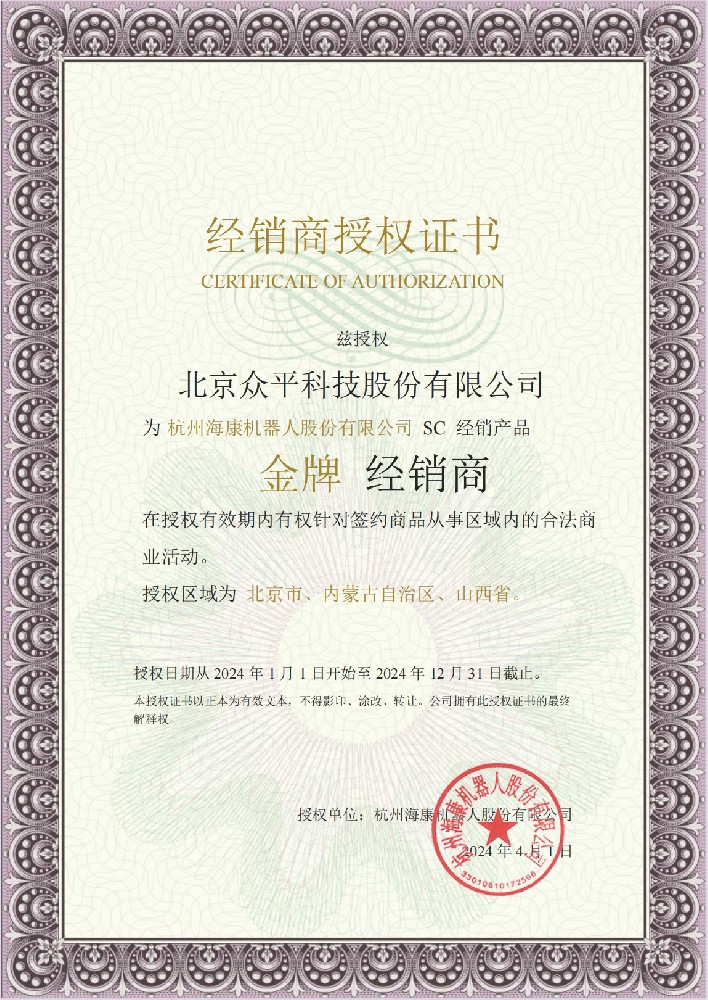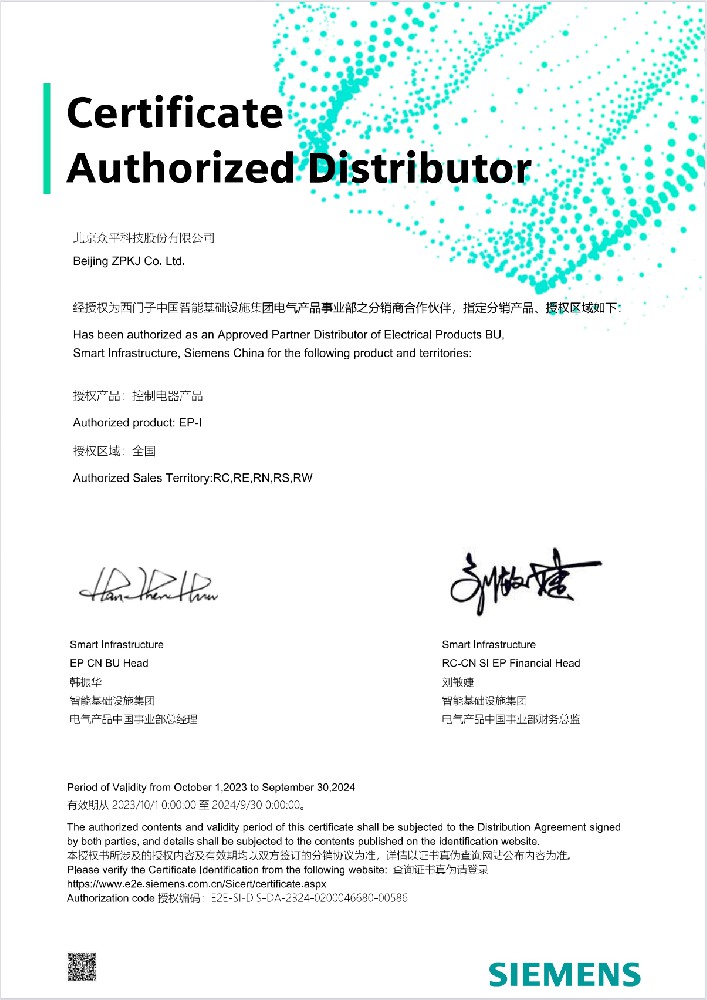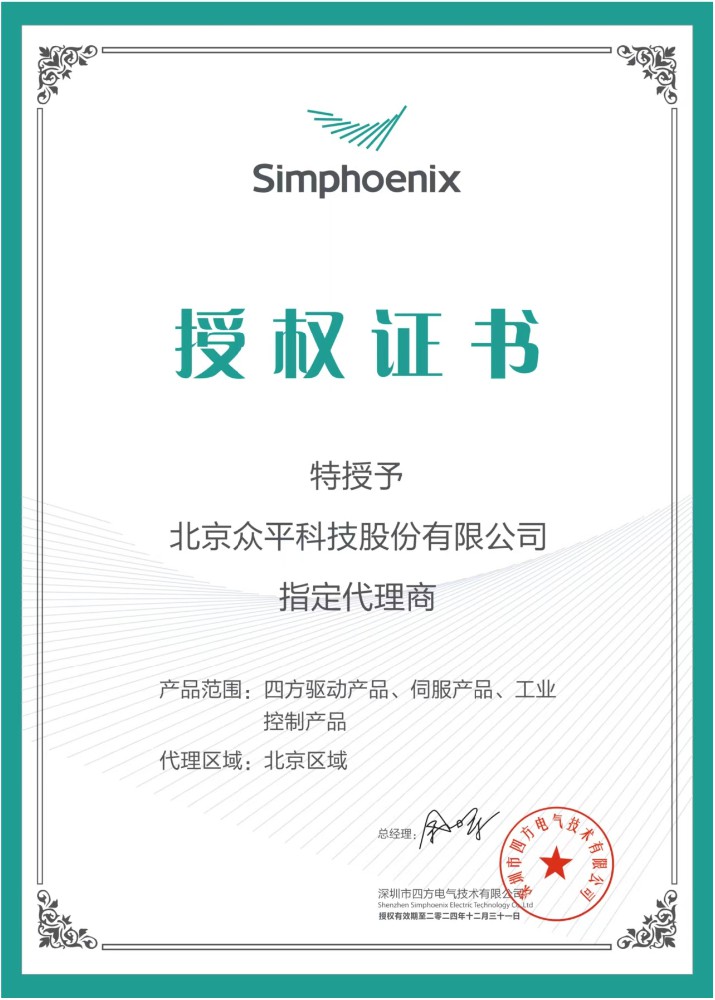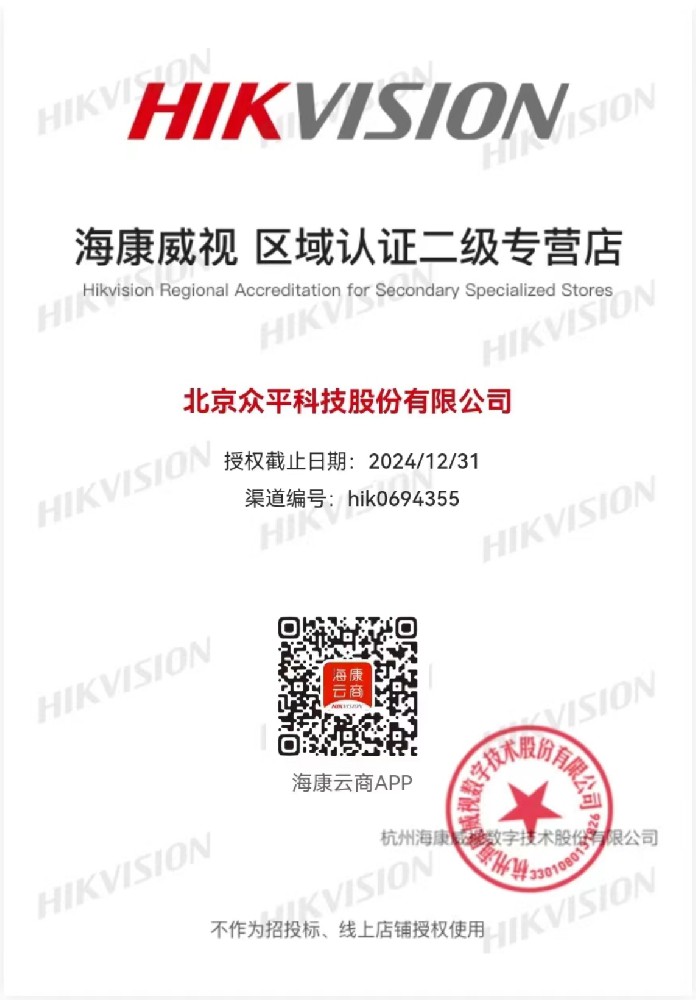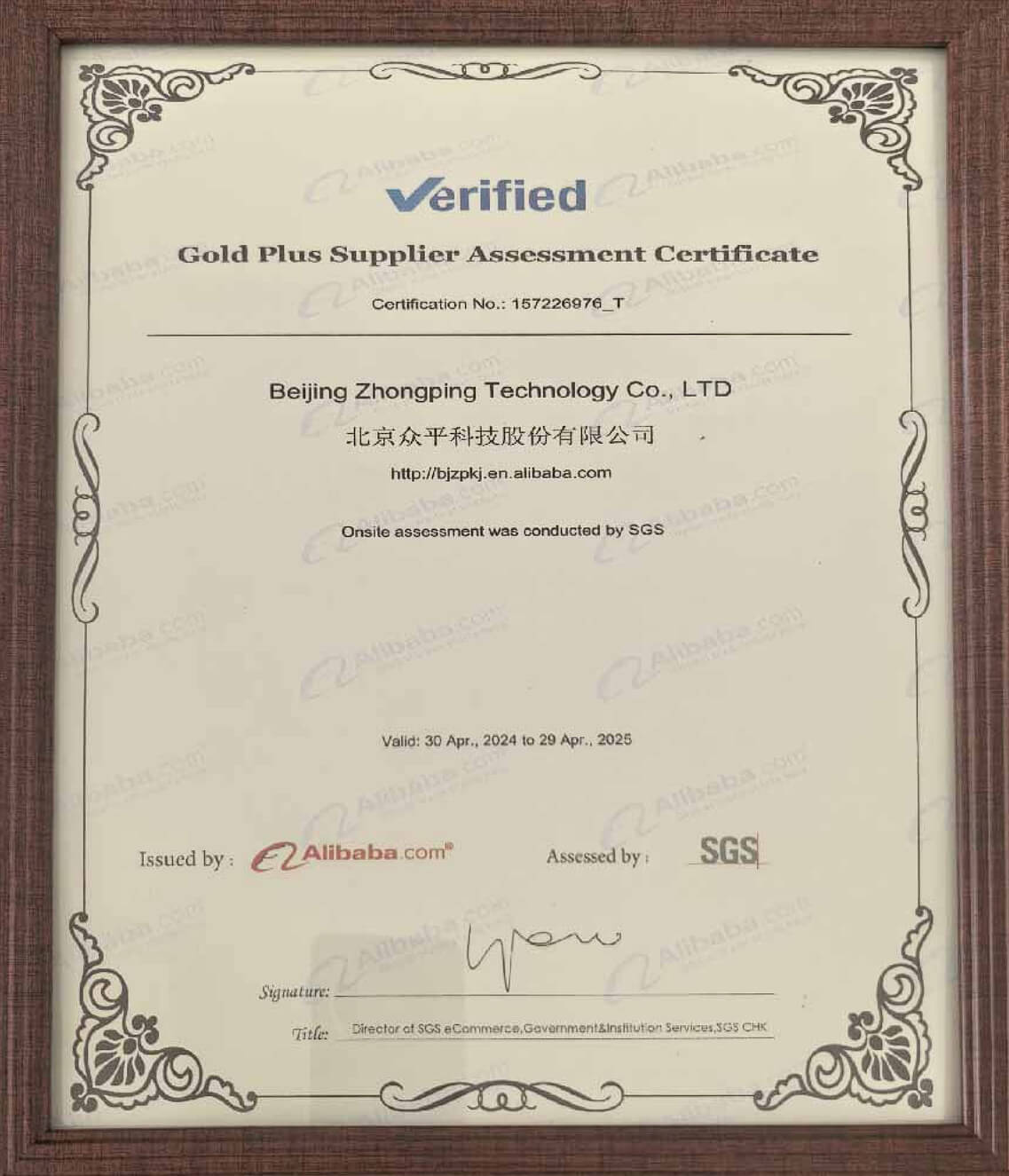The FUJI FRN132G1S-4C vfd inverter of Fuji Electric Company is a high-performance frequency drive specifically designed for industrial applications. With its advanced frequency drive technology, it operates on a 380V power supply and has a rated power of 132kW. This vfd inverter is capable of precisely controlling motors, enhancing production efficiency and reducing energy consumption. Thanks to its outstanding technical performance and reliable operational stability, the FUJI FRN132G1S-4C vfd inverter has become an ideal choice for numerous industrial applications.
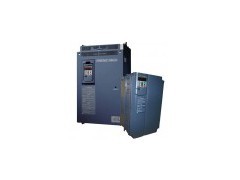
Product Parameters
Rated Power: 132kW, meeting the drive requirements of high-power motors.
Power Supply Voltage: 380V, compatible with standard industrial power supply voltages to ensure stable operation of the equipment.
Rated Current: 250A, ensuring stable operation even under high load conditions.
Control Modes: Supporting multiple control modes, including V/F control and vector control, allowing flexible options based on different application scenarios.
Output Frequency Range: 0 - 400Hz, achieving a wide range of speed adjustment to meet the rev requirements of different loads.
Communication Interface: It is equipped with a standard RS485 communication interface, supporting the Modbus protocol for easy communication with PLCs, HMIs, and other upper-level devices.
Protection Functions: It features multiple protection functions, including overload, overheat, overvoltage, and undervoltage protection, ensuring safe operation of the equipment.
Environmental Adaptability: It is able to operate in environmental temperatures ranging from -10°C to +50°C, adapting to various harsh industrial environments.
Product Features
High-Precision Control: Thanks to advanced vector control technology, the FUJI FRN132G1S-4C vfd inverter of Fuji Electric Company achieves high-precision speed and torque control, maintaining stable motor operation even without sensors.
Fast Response: With fast dynamic response, it is able to make accurate responses to control commands in a short time, effectively improving productivity.
Strong Overload Capacity: It is able to withstand loads exceeding the rated power for a short period, ensuring normal operation of the equipment in unexpected situations.
Comprehensive Protection Functions: With multiple built-in protections, it is able to monitor the equipment's operating status in real-time, identify and handle abnormal situations promptly, effectively protecting the motor and vfd inverter from damage.
User-Friendly Interface: Equipped with an intuitive LCD display and control panel, it allows users to easily set and adjust parameters and monitor the equipment's operating status in real-time.
Applications
Mechanical Processing: On CNC machines and machining centers, the FUJI FRN132G1S-4C frequency drive of Fuji Electric Company is used to precisely control the feed speed and position of cutting tools, enhancing machining accuracy and surface quality.
Robotics: It provides precise power control for industrial robots to ensure flexible and accurate joint movements, improving the robots' work efficiency and motion accuracy.
Automated Production Lines: On automated assembly lines and conveyor systems, it is used to control the speed and position of conveyor belts, achieving precise material transportation and positioning, improving production efficiency and product quality.
Packaging Machinery: On packaging equipment, it is used to control the transportation, cutting, and forming of packaging materials to ensure the precision and consistency of the packaging process, improving packaging efficiency and quality.
Textile Machinery: On textile equipment, it is used to control the operation of motors in spinning and weaving processes to achieve precise tension control and speed regulation, improving the quality and production efficiency of textile products.
Instructions for Use
Installation and Wiring
Installation Environment: Choose a dry, dust-free, non-corrosive gas, and low electromagnetic interference environment for installation, ensuring good heat dissipation of the equipment and avoiding equipment failures due to environmental factors.
Wiring Requirements: Follow the wiring diagram in the product manual strictly to ensure the correct connection of power cords lines, signal lines, and motor lines, avoiding equipment damage due to wiring errors. Use cables of the appropriate specifications for power cords and pay attention to the correctness of the phase sequence.
Grounding Protection: Ensure good grounding of the equipment, in compliance with national and local electrical safety standards, with a grounding resistance of less than 4Ω, to guarantee the safe operation of the equipment and the safety of operating personnel.
Parameter Settings
Basic Parameter Settings: Set basic parameters such as motor parameters, control modes, and frequency range based on the motor model used and the application scenario. For example, in applications requiring high-precision position control, vector control mode should be selected, and vector control parameters should be set according to actual needs.
Advanced Function Configuration: Configure advanced functions such as PID control, multi-speed control, and electronic gear according to specific application requirements to achieve more complex control needs. For example, in applications requiring switching between different speed segments, multi-speed control functions can be configured, with different speed segments and switching conditions set.
Maintenance and Inspection
Regular Inspection: Regularly check whether the appearance of the equipment is damaged, whether the heatsink accumulates dust, whether the fan is running normally, etc. Clean the dust on the heatsink and the fan in a timely manner to ensure that the heat dissipation system is unimpeded to avoid overheating of the equipment due to poor heat dissipation.
Parameter Verification: Regularly verify the equipment's parameter settings to ensure they are consistent with actual application requirements, avoiding control precision degradation or equipment failures due to parameter deviations.
Fault Diagnosis: When the equipment fails, promptly check the fault code and troubleshoot and handle it according to the fault diagnosis guide in the manual to restore the equipment's normal operation as soon as possible.
Precautions
Environmental Conditions: Avoid using the product in harsh environments with high temperatures, high humidity, and strong electromagnetic interference, as this may affect its performance and service life. If special environments are required, corresponding protective measures should be taken.
Power Supply Requirements: Ensure stable power supply voltage to avoid damage to the vfd inverter caused by voltage fluctuations. After the equipment is powered off, wait for a certain period before re-powering to avoid shocking the equipment.
• Safe Operation: Avoid contact with live parts during equipment operation to ensure the safety of operating personnel. In the process of maintenance and inspection, the power must be cut off, and the capacitor must be fully discharged to ensure the equipment is in a safe state.
Frequently Asked Questions (FAQ)
(1) How to Perform Motor Parameter Self-Tuning?
Importance of Motor Self-Tuning: Motor parameter self-tuning is a crucial step to ensure the proper matching between the vfd inverter and the motor. It enhances control accuracy and system stability. Before starting the self-tuning process, it is essential to accurately input the motor's nameplate parameters, such as motor power, rated voltage, and rated current. These parameters serve as the foundation for the self-tuning process.
Precautions During Self-Tuning: During self-tuning, the vfd inverter injects specific current and voltage signals into the motor to detect its actual parameters. Therefore, it is necessary to ensure that the motor is correctly connected to the vfd inverter and that the vfd inverter is in a ready-to-operate state. The motor must also be in a stationary state to avoid damage during the self-tuning process. In addition, it is necessary to ensure that the surrounding environment is free of strong electromagnetic interference, so as not to affect the accuracy of self-tuning.
Self-Tuning Effect: Once the self-tuning is completed, the vfd inverter automatically adjusts its control parameters based on the motor's actual parameters to achieve optimal operating performance. This helps to improve the system's response speed and control accuracy, meeting the requirements for high-precision control applications. It also effectively enhances production efficiency and product quality.
(2) How to Configure the Communication Interface?
Communication Interface Types: The FUJI FRN132G1S-4C vfd inverter of Fuji Electric Company is equipped with the Modbus protocol and supports the RS485 communication interface. Users can choose the appropriate communication interface based on their actual needs to establish communication with upper-level devices such as PLCs and HMIs.
Communication Line Connection: When configuring the communication interface, ensure that the communication lines are connected correctly. Use shielded cables for connections and make sure that the shielding is properly grounded to minimize electromagnetic interference. Also, avoid placing communication lines close to power lines to prevent electromagnetic interference from affecting the transmission quality of the communication signals.
Communication Parameter Settings: Set the communication address, baud rate, data bits, stop bits, and other parameters of the vfd inverter according to the communication protocol. Ensure that these parameters match those of the upper-level device to establish a reliable communication connection. After setting the parameters, you can send test commands from the upper-level device to verify whether the communication has been established properly.
(3) How to Select the Power Range of the Vfd Inverter?
Selection Based on Load Requirements: When selecting the power range of the vfd inverter, it is necessary to determine it based on the actual load conditions of the motor. If the load is light, you can choose a vfd inverter that matches the motor's rated power. However, if the load is heavy or there is a significant starting torque requirement, you should select a vfd inverter with a slightly higher power rating to ensure that the motor has sufficient power during startup and operation, preventing motor overload or unstable operation due to insufficient power.
Safety Factor Consideration: In addition to the load requirements, it is also important to consider the safety factor of the system. It is generally recommended to choose a vfd inverter with a power rating slightly higher than the motor's rated power to handle load fluctuations and unexpected situations. This enhances the reliability and stability of the system. A safety factor of around 1.1-1.2 times the motor's rated power is usually appropriate. This can help extend the lifespan of the vfd inverter and reduce the probability of equipment failures.
Overload Capability: The Fuji Electric Company FRN132G1S-4C vfd inverter has a certain overload capability and can withstand loads exceeding its rated power for a short period. However, prolonged overload operation can affect the lifespan and performance of the vfd inverter. Therefore, when selecting the power range, it is advisable to avoid long-term overload operation and ensure that the equipment operates within a reasonable power range.
(4) What Is the Cooling Method?
Cooling Method: The FUJI FRN132G1S-4C vfd inverter adopts forced air cooling. It is equipped with an internal cooling fan to dissipate the heat generated during operation, ensuring that the equipment maintains a normal working temperature.
Installation Requirements: When installing the vfd inverter, ensure that there is sufficient space around it for proper air circulation. Avoid installing the vfd inverter in enclosed or poorly ventilated environments, as this can affect the cooling efficiency. Additionally, make sure that the fan's intake and exhaust ports are free of obstructions to maintain smooth airflow.
Maintenance and Care: Regularly clean the fan and heat sink to prevent equipment overheating caused by poor cooling. Also, check the fan's operation to ensure it is working properly. If you notice any damage or abnormal operation of the fan, replace it promptly to maintain the normal operation of the cooling system.
(5) How to Avoid Electromagnetic Interference?
Built-in Filter: The vfd inverter is equipped with an EMC filter that complies with relevant electromagnetic compatibility standards. This filter effectively suppresses electromagnetic interference, reducing the impact on external devices and minimizing the influence of external electromagnetic interference on the vfd inverter itself.
Wiring Precautions: When wiring, avoid placing signal lines close to power lines to reduce electromagnetic interference. Use shielded cables for signal line connections and ensure that the shielding is properly grounded to enhance the signal lines' resistance to interference. For power lines, select the appropriate specifications and keep them away from signal lines to prevent electromagnetic fields from interfering with the signal lines.
Grounding Measures: Proper grounding is an essential means of reducing electromagnetic interference. Ensure that the equipment is properly grounded and complies with national and local electrical safety regulations. The grounding resistance should be less than 4Ω, and the grounding wire should be as short and thick as possible to reduce grounding resistance and improve grounding effectiveness. Additionally, ensure that all related equipment is connected to the same grounding system to form an equipotential grounding system, avoiding electromagnetic interference caused by potential differences.
(6) What Protection Functions Are Available?
Overload Protection: When the motor load exceeds the rated value, the vfd inverter automatically reduces the frequency or stops operation to protect the motor and vfd inverter from damage. The overload protection function can be adjusted according to different application scenarios, allowing users to set the overload protection threshold and action method based on their actual needs.
Over-temperature Protection: The vfd inverter is equipped with internal temperature sensors that continuously monitor the equipment's temperature. When the temperature exceeds the set value, the vfd inverter automatically shuts down to prevent damage caused by overheating. This over-temperature protection function helps extend the lifespan of the vfd inverter and ensures its safe operation in high-temperature environments.
Over-voltage and Undervoltage Protection: The vfd inverter automatically shuts down when the supply voltage is too high or too low to protect the equipment. In addition, it also features short-circuit protection and phase-loss protection to ensure the safe operation of the system. These protection functions effectively prevent equipment failures caused by power-related issues, enhancing the reliability and stability of the system.
(7) How to Perform Regular Maintenance?
Visual Inspection: Regularly inspect the vfd inverter's appearance for any damage or abnormalities, such as cracks in the casing or loose screws. If any damage or abnormalities are found, repair or replace them promptly to prevent internal damage to the equipment caused by external issues.
Cooling System Maintenance: Clean the fan and heat sink to ensure the proper operation of the cooling system. Check the fan's operation and replace it if any abnormalities are detected. Also, ensure that the heat sink is not deformed or damaged to maintain its effective heat-dissipation performance.
Electrical Connection Check: Inspect the connections of the power and signal lines to ensure they are secure and have good contact. Additionally, check the motor's operating condition to identify and address any abnormalities. Regularly check the tightness of electrical connections to prevent poor contact due to loose connections, which can affect the normal operation of the equipment.
(8) Installation Precautions
Installation Location: Choose an environment with good ventilation, free of dust and corrosive gases for installation. Avoid installing the vfd inverter in high-temperature, high-humidity, or strong electromagnetic interference areas. The installation location should be as far away from heat sources and vibration sources as possible to ensure the stable operation of the equipment.
Installation Method: Ensure that the vfd inverter is installed vertically to facilitate proper cooling. Use appropriate fixing methods during installation to minimize the impact of vibrations on the equipment. Also, ensure that there is sufficient space around the installation location for easy maintenance and inspection of the equipment.
Power Connection: When connecting the power supply, ensure that the power cable specifications meet the requirements and pay attention to the correct phase sequence. Additionally, ensure that the equipment is properly grounded with a grounding resistance of less than 4Ω. The grounding wire should be as short and thick as possible to ensure the safe operation of the equipment and the safety of the operators.
(9) How to Choose the Control Mode?
Selection Based on Application Requirements: For applications requiring high-precision position control, such as CNC machines and robots, vector control mode should be selected. For applications requiring precise speed control, such as conveyors and fans, speed control mode is the appropriate choice. For applications requiring precise torque control, such as textile and paper-making machinery, torque control mode should be selected. Users can choose the appropriate control mode based on their actual application requirements to achieve the best control performance.
Characteristics of Control Modes: Vector control mode enables high-precision position control and is suitable for applications with high position accuracy requirements. Speed control mode provides precise speed control and is suitable for applications with high speed stability requirements. Torque control mode offers precise torque control and is suitable for applications with high torque stability requirements. Different control modes have different characteristics and application scenarios, and users need to select them based on their specific needs.
Parameter Settings: After selecting the control mode, set the corresponding parameters according to the specific application requirements. For example, in vector control mode, parameters such as vector control gain and speed feedforward need to be set. In speed control mode, parameters like speed control gain and torque compensation need to be configured. Proper parameter settings can improve control accuracy and system stability, ensuring the normal operation of the equipment.
(10) How to Set the Frequency Setting Channel?
Frequency Setting Methods: The Fuji Electric Company FRN132G1S-4C vfd inverter supports multiple frequency setting methods, including panel setting, external analog signal setting, and external digital signal setting. Users can choose the appropriate frequency setting method based on their actual application needs. For example, panel setting can be used for manual frequency adjustment, while external analog or digital signal setting can be used for communication control with upper-level devices.
Signal Source Requirements: When setting the frequency setting channel, ensure the stability and accuracy of the signal source. For external analog signal setting, use a stable DC voltage or current signal and ensure its resistance to interference. For external digital signal setting, ensure the accuracy of the digital signal's timing to prevent equipment failures caused by signal errors.
Parameter Configuration: Configure the parameters according to the selected frequency setting method. For example, for external analog signal setting, set the input range of the signal and the corresponding frequency range. For external digital signal setting, configure parameters such as pulse width and frequency of the signal. Proper parameter configuration ensures the accuracy of frequency setting, improving the control precision and operational efficiency of the equipment.
The FUJI FRN132G1S-4C vfd inverter, with its outstanding performance, powerful functionality, and wide-ranging applicability, has been widely used in the field of industrial automation. By properly selecting and using this vfd inverter, you can effectively enhance the operational efficiency and precision of your equipment, meeting a variety of complex application requirements.
FAQ
1.Who are We?
Beijing Zhongping Technology Co., LTD., is a one-stop integrated service provider of intelligent manufacturing, belongs to the Gong Doctor Group, is a scientific research, design, marketing, technical services, industrial Internet, international import and export services as one of the science and technology companies.
2.What can you buy from us?
PLC, inverter, human-machine interface, hydraulic products, low-voltage power distribution, industrial robots and core components
3.Is the item in stock or need to be purchased from another supplier?
We have a large inventory of goods and have our own warehouse.
4.What advantages do we have over other suppliers?
Our company has a large amount of inventory and a number of warehouses, but also in the country's important industrial provinces and cities with offices and a number of overseas service points. To provide you with intelligent manufacturing one-stop comprehensive services, save efforts, labor and cost.
5.Can you provide 100% new original authentic products?
We only sell new original genuine, no renovation, no fake, only for the original factory original!
6.How long is the delivery time?
If there is a stock, it will take 2-3 working days to ship, if the quantity is large, it will take 5-7 working days after receiving the payment, if it is not a conventional model, it will take some time, we will inform you of the specific delivery time.
7.Is there technical support available?
Of course, we have a professional technical team that can help you solve technical problems.
8.How do we guarantee quality?
We have three processes to control the quality of goods.
1). Our engineers will inspect the production and quality control in the factory regularly.
2) Incoming materials shall be inspected by experienced purchasing engineers before they can be stored.
3). At least 2 people in the logistics department cross-check the goods to be sent before delivery.
9.Can you guarantee the safe and reliable delivery of your products?
Yes, we strictly adopt the international standard packing. We also use special packaging for dangerous goods, and refrigerated shipping for items with temperature requirements. Special item packaging and general cargo standard packaging requirements may incur additional costs.
10.How about the freight?
The cost depends on how you choose to get the goods. Express is usually the fastest but also the most expensive way. Sea freight is the best solution for large quantities of goods. The exact shipping cost depends on the purchase amount、quantity and weight of your order. Please feel free to contact us for more information.


 010-64225983
010-64225983 +8613811814778
+8613811814778 info@zhongpingtech.com
info@zhongpingtech.com Building 26, Liyuan Community, Chaoyang District, Beijing, China
Building 26, Liyuan Community, Chaoyang District, Beijing, China